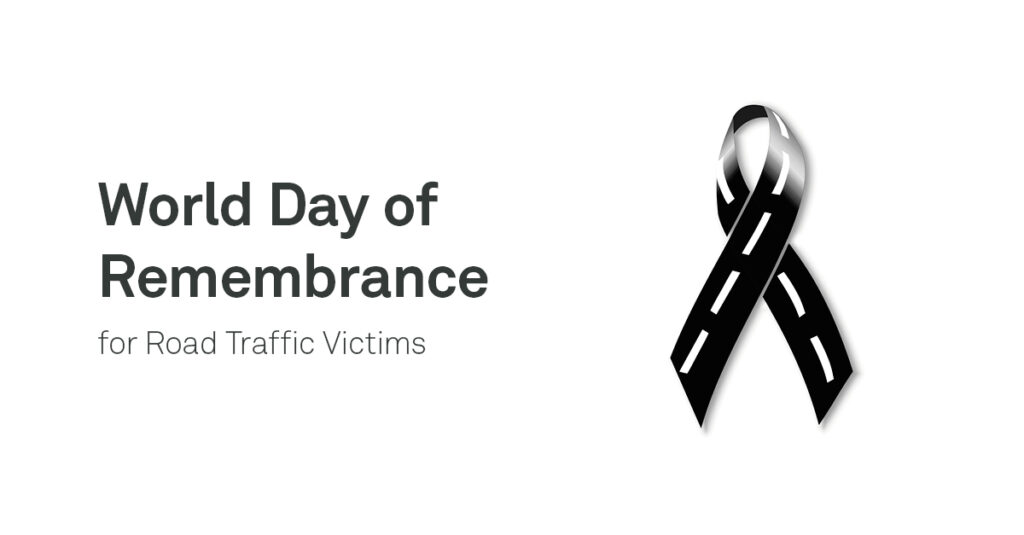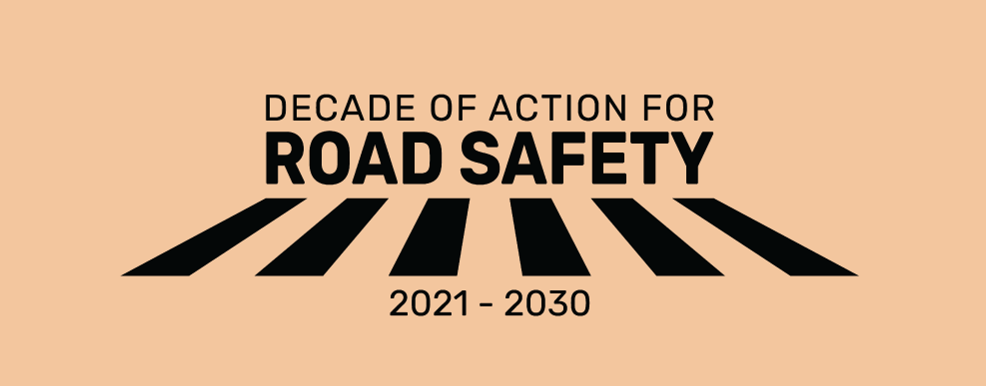Sunday, November 19 marked the 30th World Day of Remembrance for Road Traffic Victims, acknowledging the millions of people tragically killed and seriously injured on the world’s roads, as well as their impacted families and communities. It also pays tribute to the emergency crews, police and medical professionals who deal daily with the traumatic aftermath of road crashes.
The commemoration, which occurs every third Sunday in November, was first started in 1993 by RoadPeace, the national charity for road crash victims in the United Kingdom, and then officially adopted by the United Nations (UN) in 2005. The UN says that by drawing attention to the scale of devastation caused by road crashes, the day serves as an important tool in global efforts to reduce road casualties. The event’s objectives include advocating for better support for road traffic victims and their families and promoting evidence-based actions to prevent, and eventually stop, road traffic deaths and injuries.
The UN has also proclaimed 2021-2030 the Decade of Action for Road Safety — the second time it has decreed such a decade — with the ambitious goal of preventing at least 50 percent of road traffic deaths and injuries by 2030. This is a formidable task, given there has been no significant decline in road fatalities during the last 10 years, and that recently, the number of road deaths in many countries has risen. In the United States, for example, there were 42,939 road fatalities in 2021 — 32 percent more than a decade ago. Increases have occurred for all types of collisions between all types of road users, in both urban and rural areas.
As it currently stands, road traffic crashes claim more than 1.3 million lives around the world and seriously injure another 50 million people annually, according to the World Health Organization (WHO). Road traffic crashes are now the eighth leading cause of death for all age groups, and the leading cause for young people aged five to 29.
These deaths and injuries inflict a massive emotional and economic toll on individuals and communities. A 2019 study published in The Lancet estimates that fatal and nonfatal crash injuries will cost the world economy approximately $1.8 trillion from 2015-2030. Bearing the burden of many of these costs are those in low- and middle-income countries, where more than 90 percent of crashes occur — despite those countries having only 60 percent of the world’s vehicles.
Even in high-income countries, it is the already disadvantaged or vulnerable who are typically most affected. The WHO reports that people from lower socioeconomic backgrounds are more likely to be involved in road traffic crashes. And more than half of road traffic deaths are among vulnerable road users, which comprise pedestrians (including users of mobility devices), cyclists, and motorcyclists, all of whom have little to no protection from crash forces.
Despite these overwhelming statistics and the daunting challenges in reducing —and ultimately eliminating — road traffic fatalities and injuries, there is hope. In part two of this three-part series, we will look at some of the comprehensive and integrated system approaches to making roads safer, such as the Safe System approach, advocated for by the UN and the WHO. In part three, we will focus on some of the innovative technologies that transportation planners, engineers and designers can use to proactively make streets safer, particularly for vulnerable road users.
“In the past, accounting for safety was often a smaller part of the planning and design of road systems,” says Karen Giese, P.E., Transoft Solutions’ VP of US Business Development and Head of the Traffic Safety Business Unit. “Thankfully, that is changing. There’s been a real industry shift to prioritizing safety, with directives, policies, and funding coming from the top levels of governments.
“For too long, we’ve considered traffic deaths and injuries as inevitable outcomes of road travel. We call collisions ‘accidents,’ as if they are random events governed by luck or fate. But the reality is that most of them are preventable. By taking proactive approaches we can greatly improve traffic safety for all.”

